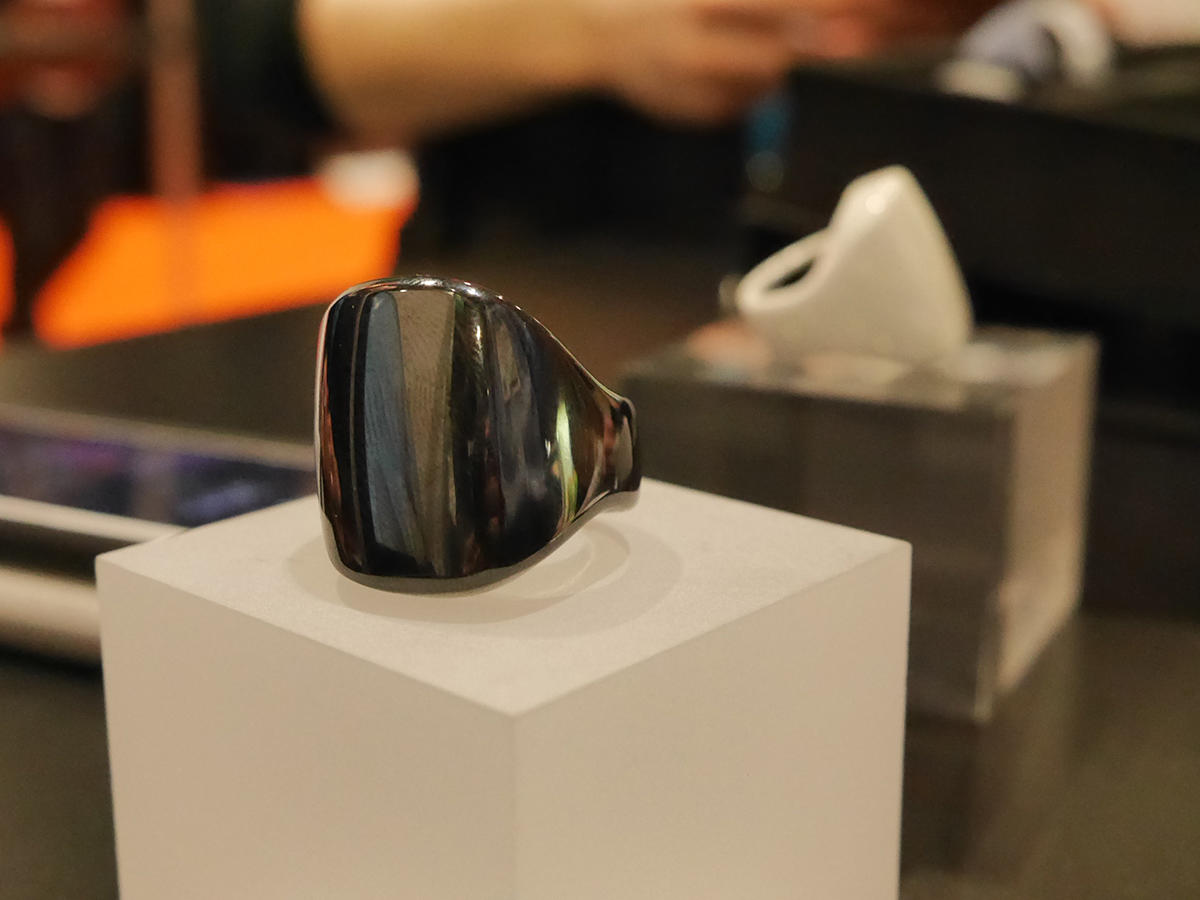Wearable Technology Show 2018 - Has The Future Of Wearable Tech Changed?
Another year, another Wearable Technology Show. My piece for BBC Focus made the future of Wearable tech clear in 2017… Has that vision changed for 2018?
In short, yes and no. In long-form, allow me to explain dear reader.
Let’s call it a transitional year, as the industry works towards the same certain set of goals, along with a couple of interesting areas of development.
To refer back to last year’s trends, we still have plenty of single-function wearables, gadgets that control every asset of your life, further development in health tech & a greater focus on corporate customers. But there are two trends that dominated this show and are worth your invested time.
Electronic textiles
Yes, this has been around in some way shape or form for a few years. In fact, technological textiles have had a show presence before; but nothing quite to the scale we saw this year.
From industrial titans selling the hardware for business to mass produce to universities showing some incredible research into this area - the idea of wearable technology literally disappearing into your clothing is becoming an increasingly interesting potential.
A key player in this area is pretty close to my heart - Nottingham Trent University (got my degree there), and their Advanced Textiles Research Group (ATRG), formed in 2010 by Professor Tilak Dias.
On the show floor, they launched a Red Dress with illuminated electronic yarn - lit up using LEDs. So what makes this different to any other usual process of wrapping clothing in glorified Christmas lights? Three words - flexible electronic yarn. The lights are embroidered directly into the dress, maintaining the continuous drape of the fabric.
Obviously, this is purely fashion without any real functionality. But the idea of directly stiching electronics into the clothing itself can be applied to help future humans in many ways - better body temperature maintenance, better fitness tracking, and those are just two off the top of my head.
For somebody born & bred in Nottingham, it’s pretty cool to see my city - steeped in lace and textile-based history - continue to spearhead innovation in this area.
Downsizing health
One of the most consistent trends in wearable tech is health. Over the past few years I’ve been to WTS, it’s been awesome watching health & fitness gadgets get smaller every year.
One key example would be Oura - the smart ring was rather gargantuan in size back in 2016. First breaking cover at CES, it broke the $100k Kickstarter goal and became a reality, debuting in Britain at the Wearable Technology Show.
It’s capable of sleep tracking, heart rate monitoring, motion & temperature sensing, while maintaining the tiny form factor of a ring. Of course, to fit this gadgetry in, the ring started out as rather large!
But now, in 2018, the ring is an actual ring. No huge top of the ring or anything. It’s actually becoming a fairly stylish device that people will actually want to wear. Exciting times ahead!




